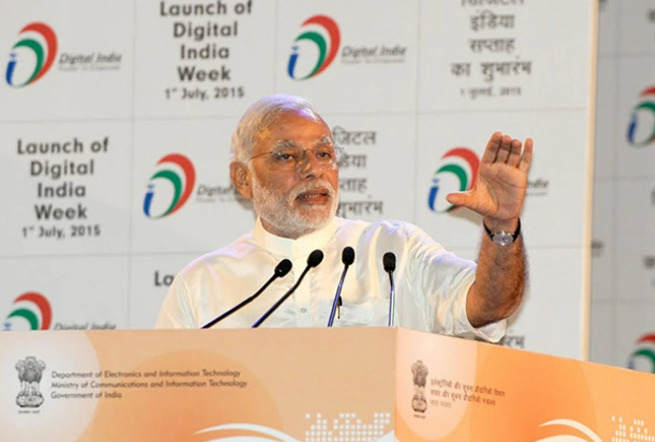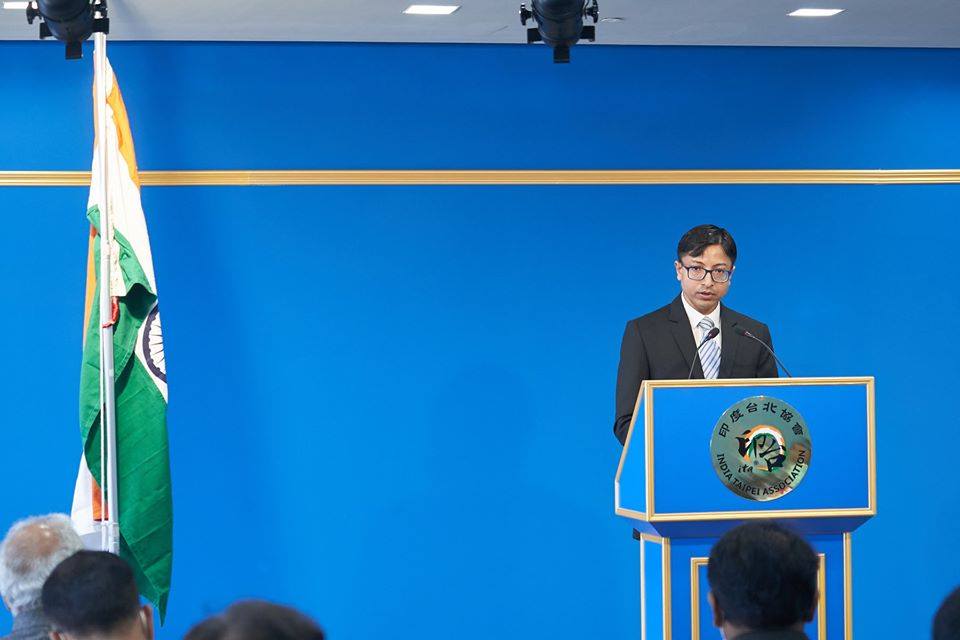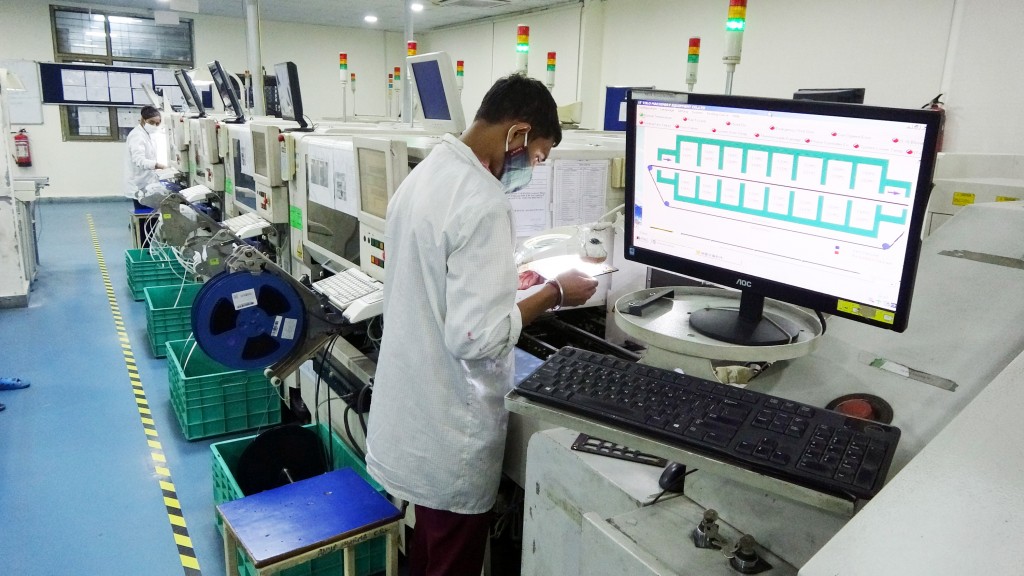India will invest $30 billion to overhaul its tech industry and also build up a resilient chip supply chain ecosystem. This will help India boost local production of semiconductors, batteries, electronics, advanced chemicals, displays, networking and telecom equipment.
Indian PM Narendra Modi’s government introduced “Digital India,” the nation’s flagship economic transformation program to upgrade its industries in 2015 and has since then developed several tech hubs in the south.
Gourangalal Das, the Director-General of the India-Taipei Association told Nikkei Asia in an interview that India’s chip demand is growing at nearly double the global rate each year.
“There is a rise in demand for semiconductors. By 2030, India semiconductor demand will reach $110 billion. So by that time, it will be over 10% of global demand.”

He further added that this investment is to ensure that the nation is not “held hostage” to foreign providers.
“We need some assurance that our demand for semiconductors is not held hostage to the vagaries of supply chains — something that we saw during the pandemic.”
Mr Das said that India is looking to bring in more “mature” chips that include chips made with the relatively less advanced 65-nanometer to 28-nanometer production technologies. These chips are widely used in connectivity chips, display drivers, and controller chips for electronics products and electric vehicles.

Mr Das added that India has a large number of skilled engineers who can help the country attract foreign investors and overhaul the domestic electronics industry.
India is also looking at display technology – liquid crystal diode (LCD) and organic light-emitting diode (OLED) – and hopes to become more self-sufficient in the production of TVs, smartphones, tablets, and automobiles. Mr Das said:
“The demand is going to grow and you cannot be in a perpetual state of import dependency.”
At this stage, India is looking to meet both domestic and international skills shortages by setting a target of producing 85,000 highly qualified engineers in the next decade.
Mr Das said that around $10 billion of the investment sum will go toward two-chip facilities and two display plants. Further, about $7 billion is planned to be given to the electronics industry, including those manufacturing giants like Foxconn and fellow iPhone assembler Pegatron. The remaining $13 billion will be reserved for “affiliated services like telecom, networking, solar photovoltaic, advanced chemistry and battery cells.” He added:
“Even though India has not gone into the semiconductor [industry] in a big way, it has all the associated industrial capabilities, which can be tweaked a little bit or upgraded a little bit to meet the demands. It’s not like India’s learning curve is going to be very steep… But we will be patient and we will be quite persistent.”
Mr Das said India is open to collaborations with tech players who have semiconductor, display and electronics manufacturing expertise.




